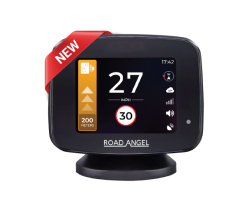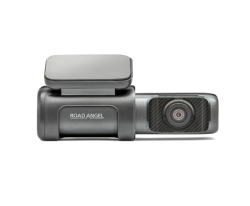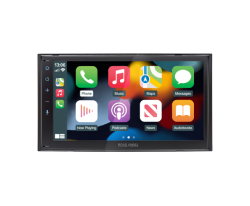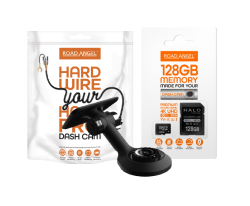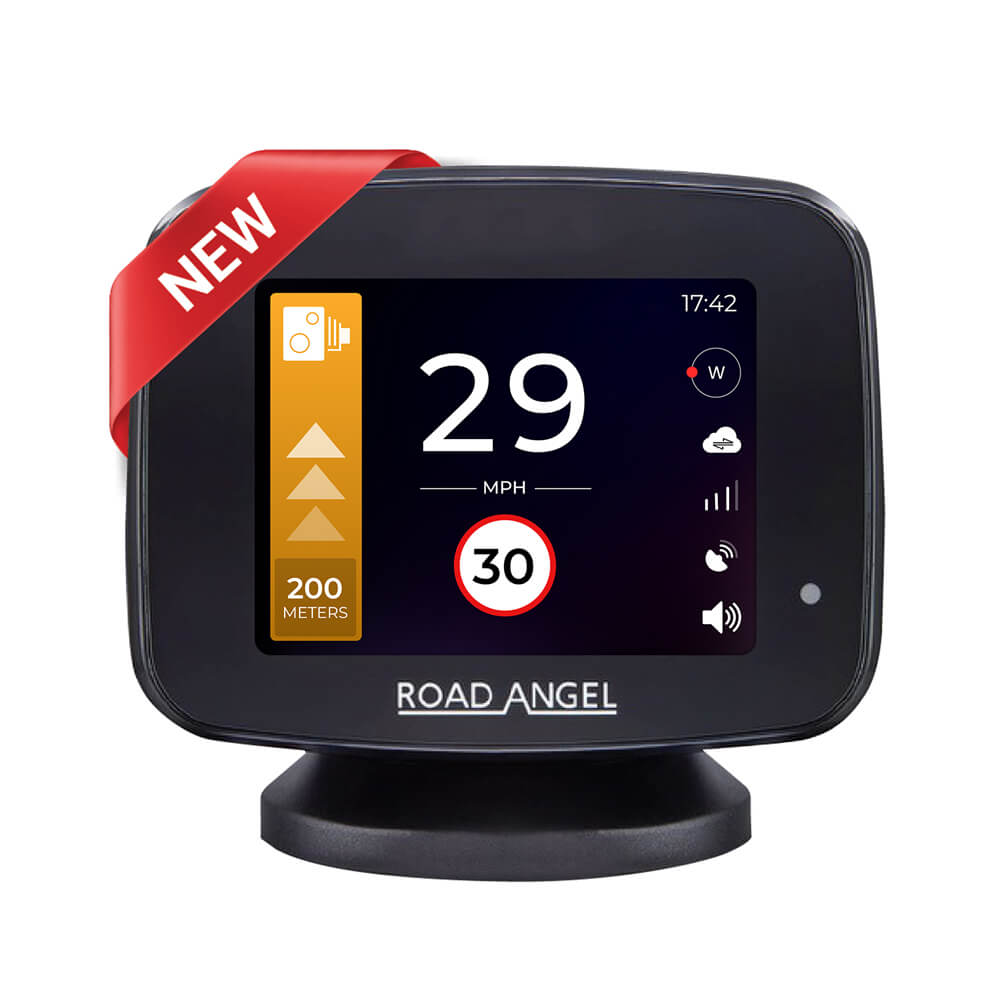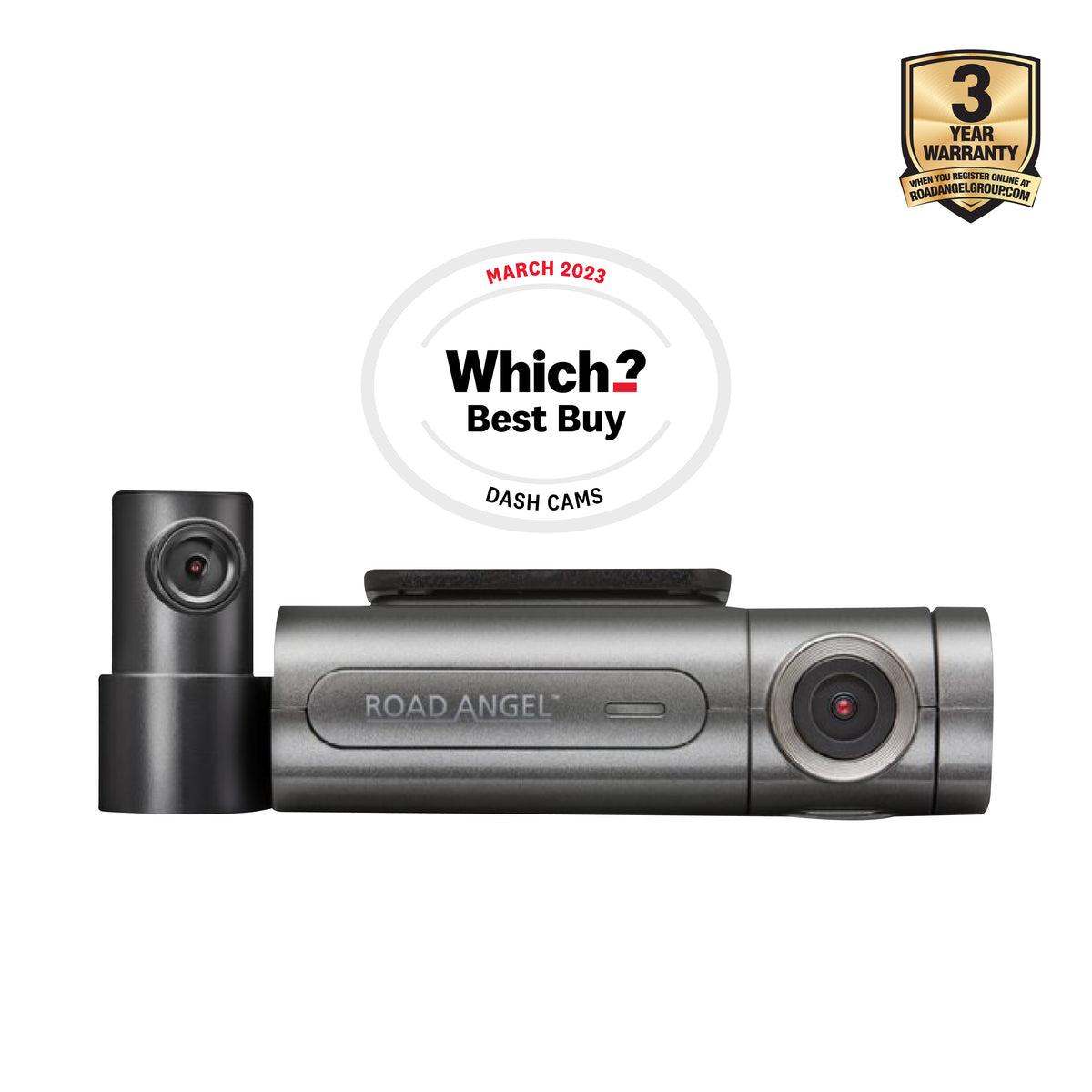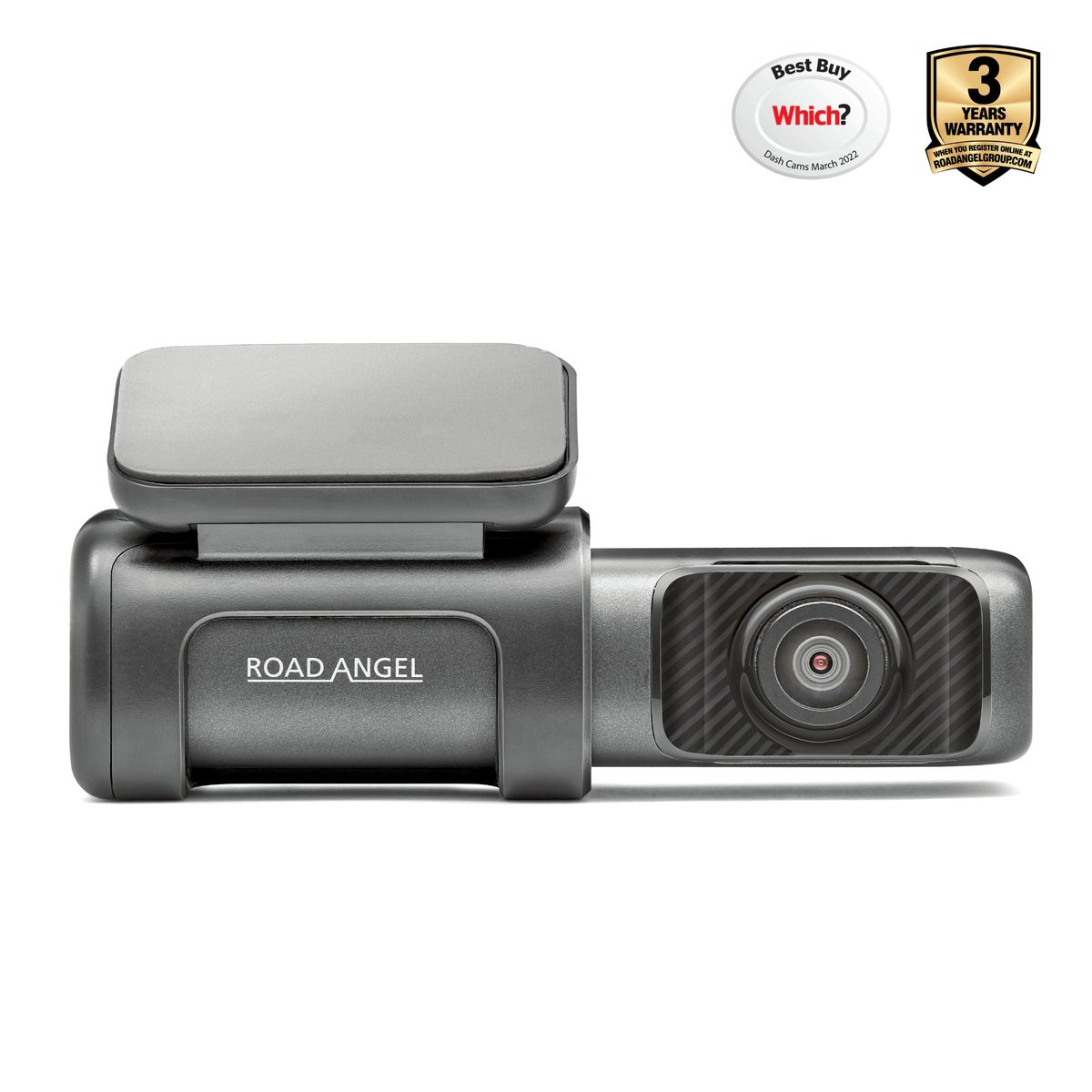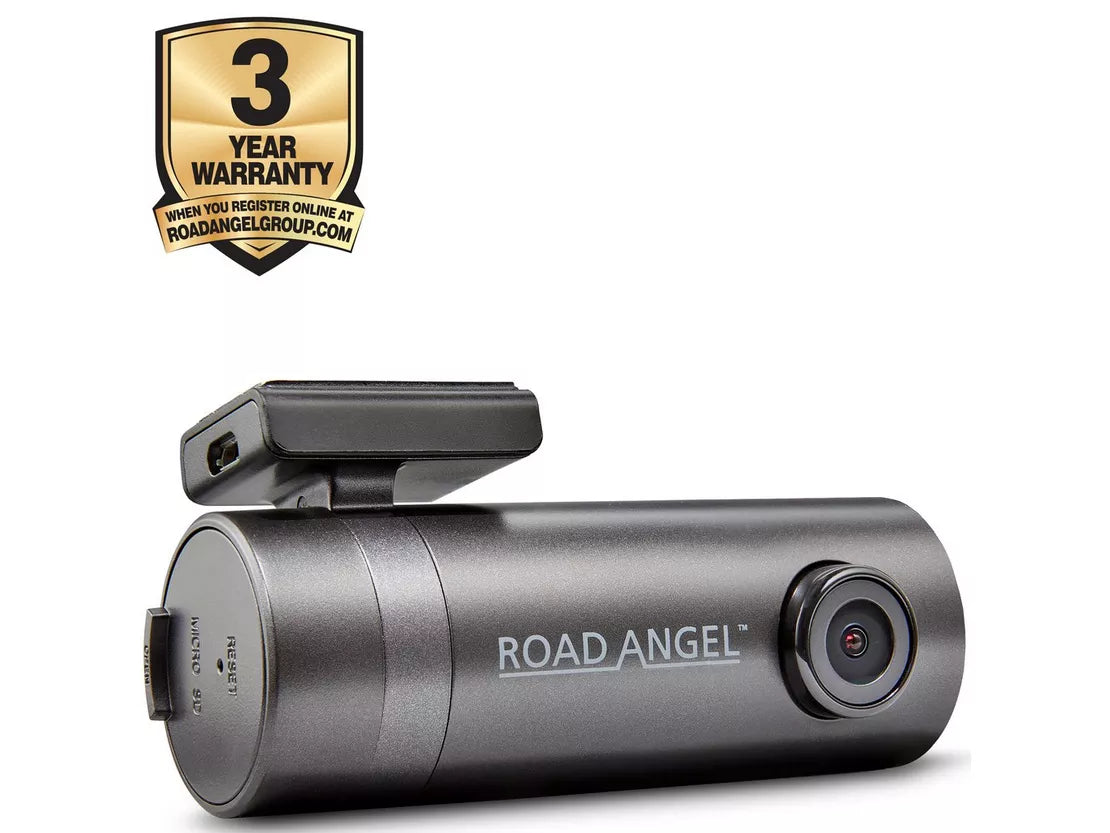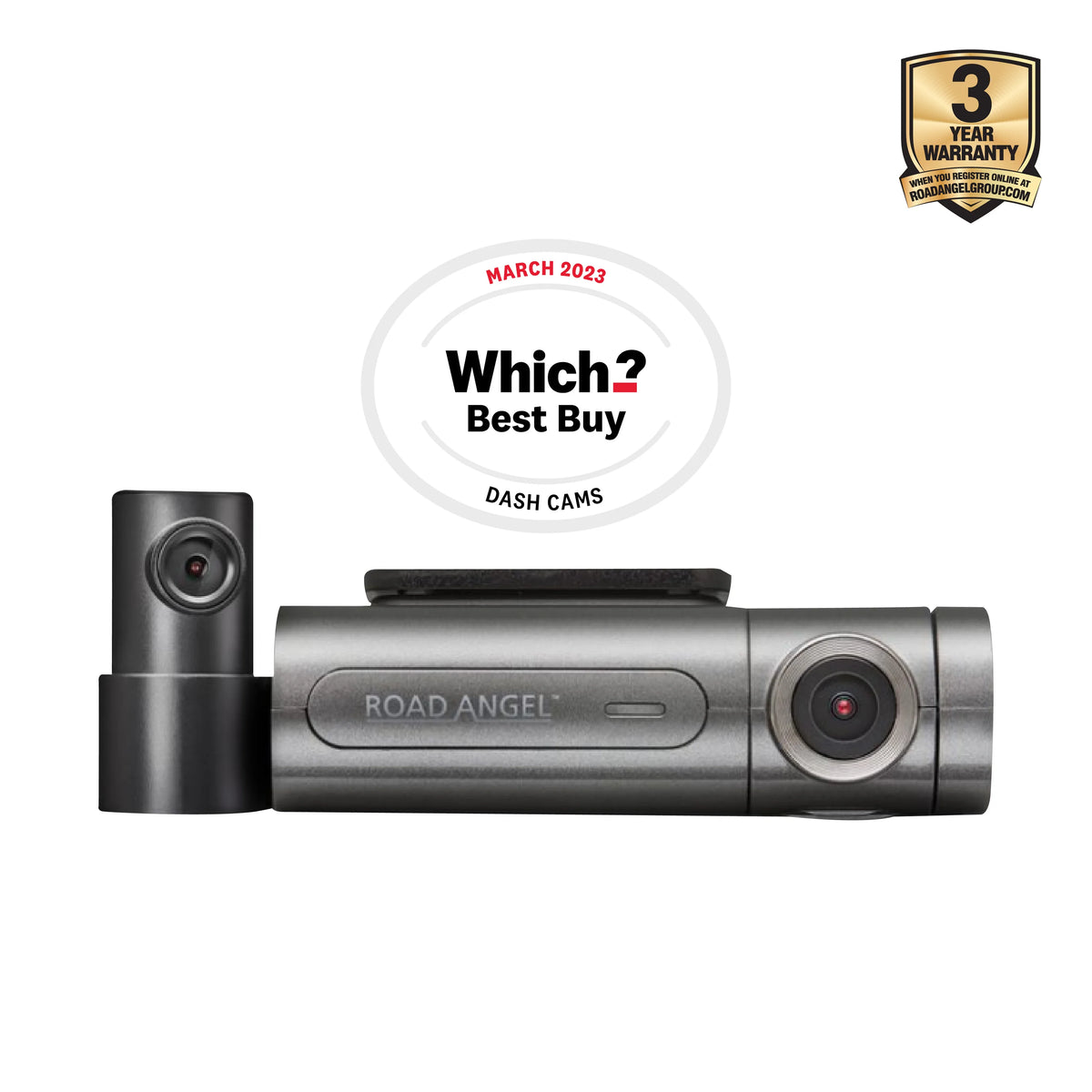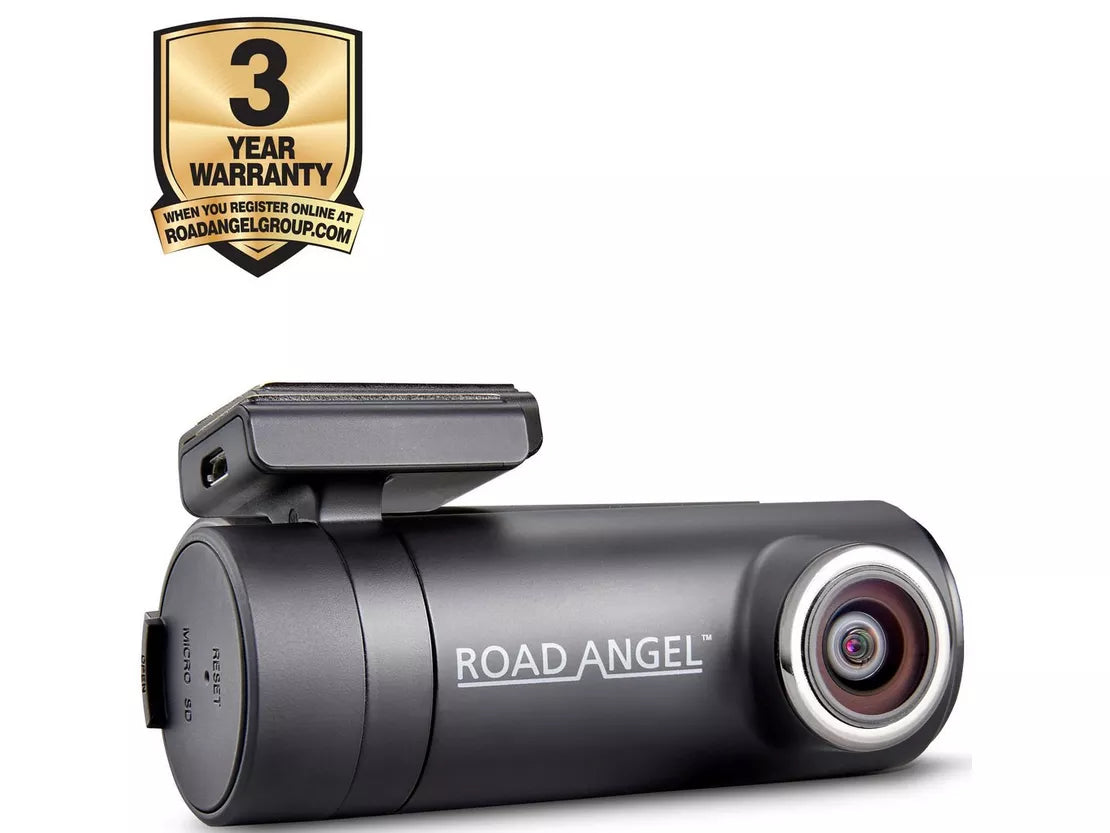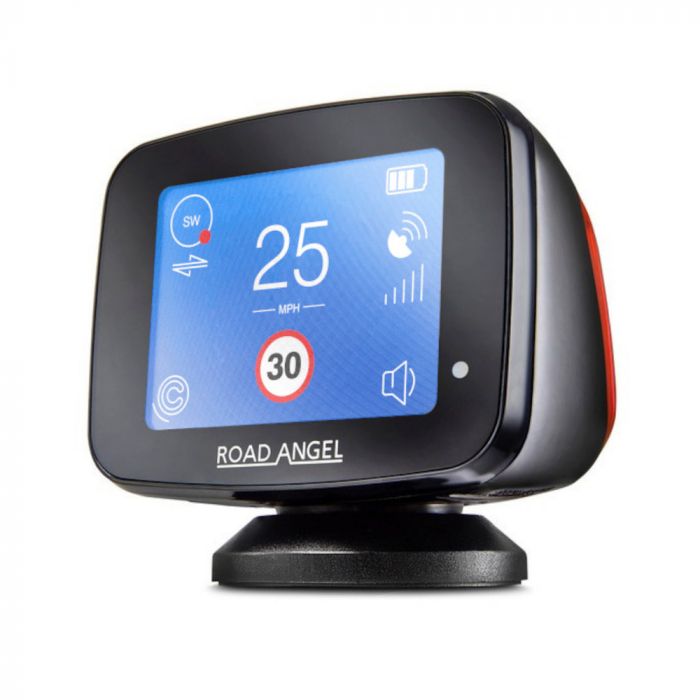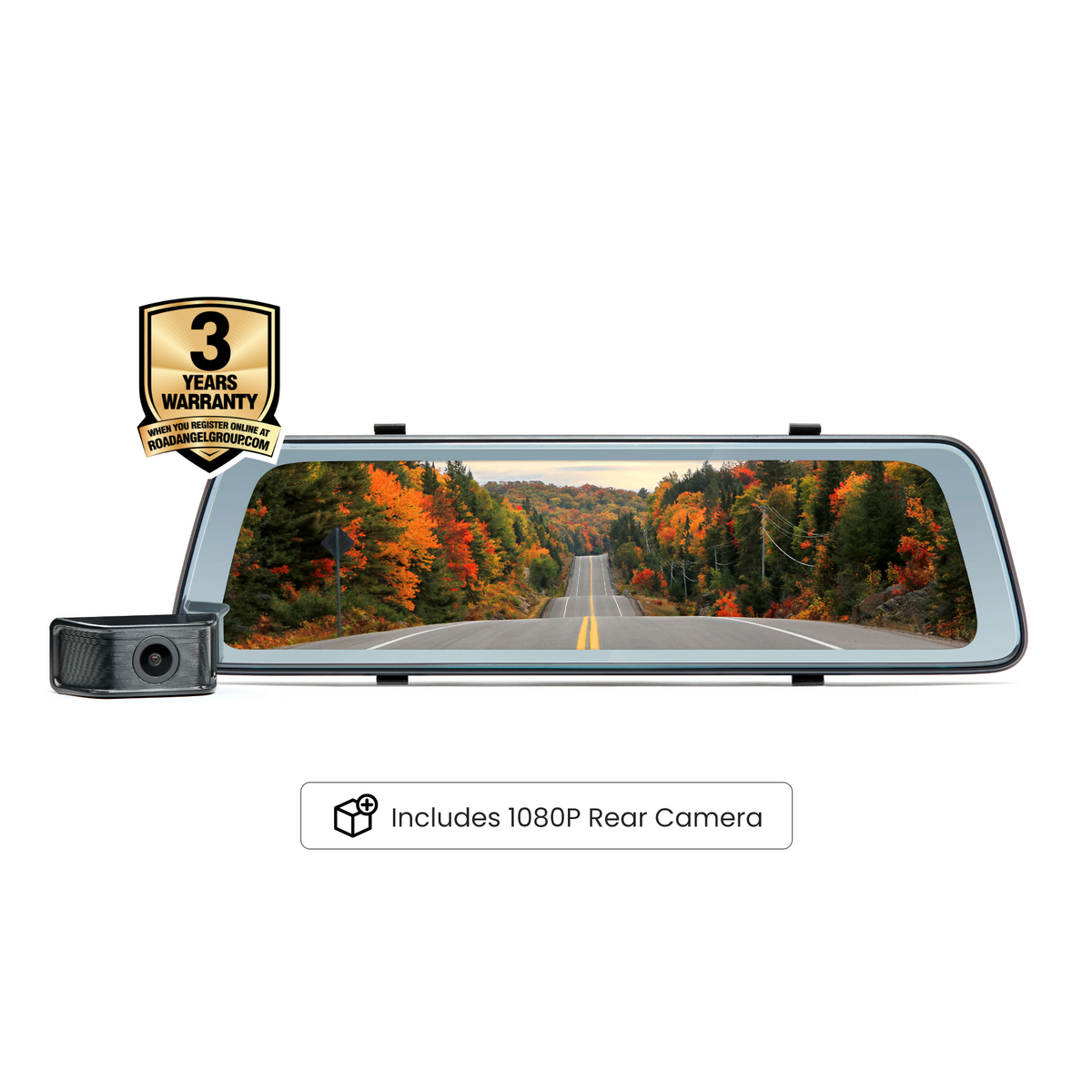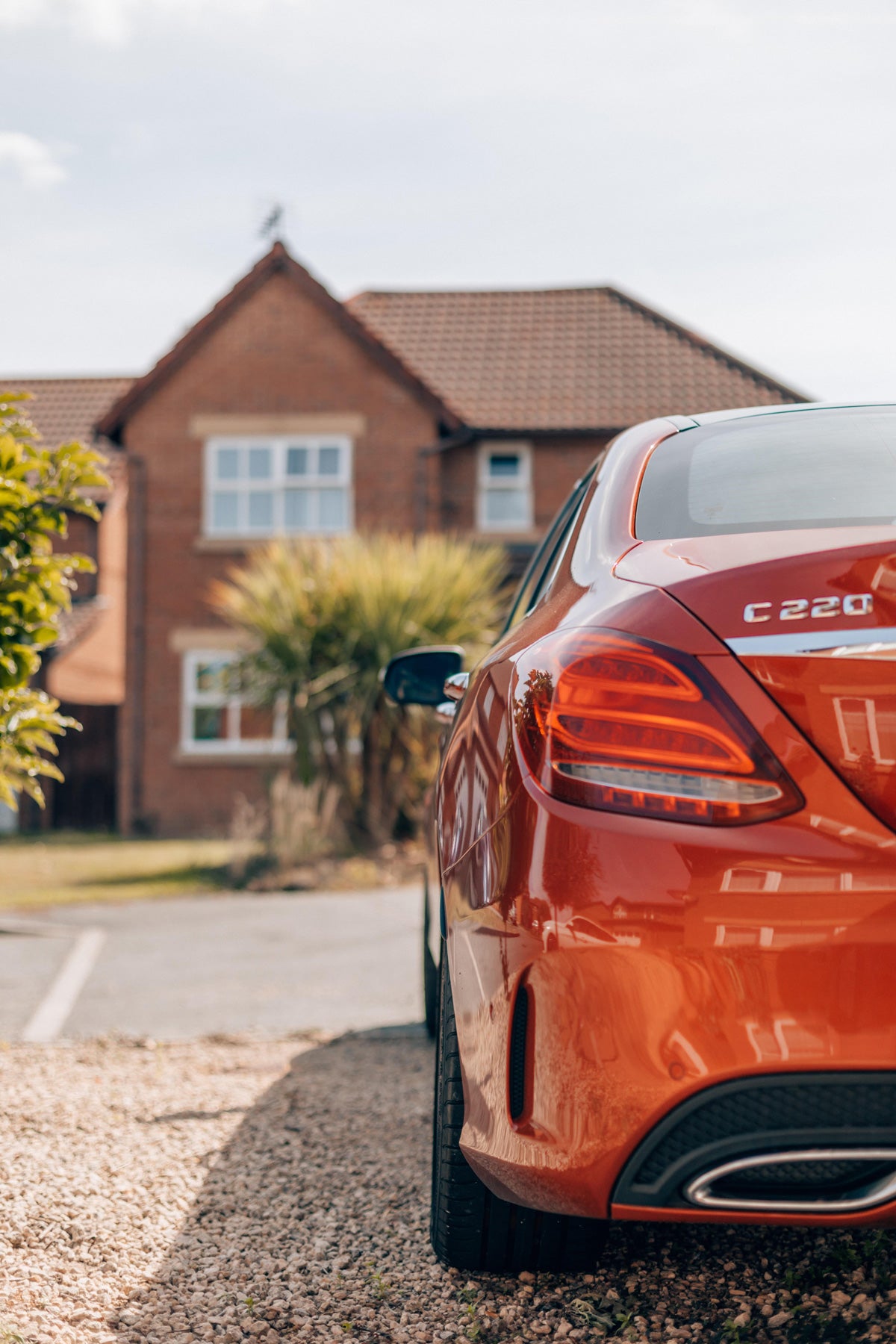What is a speed camera?
Speed cameras – the two words that any motorist dreads. Did you know that there are 15 different types of speed cameras used in the UK? The most common types used are Gatso and Truvelo, but how much do you know about these?
A speed camera is used to catch speeding vehicles, which then takes a picture of said vehicle, showing where the speed limit was exceeded. These speed cameras use radar to detect whether or not a vehicle is speeding, and this is checked when a camera flashes a car – it will take 2 pictures a fraction of a second apart to confirm whether or not the vehicle was speeding.
Speed cameras are, by law, required to be visible to the public, which is why these cameras are painted yellow. The only type of camera where this does not apply is mobile camera vans – these consist of a speed camera being set up in the back of a vehicle (most commonly a van) and then these vans are stationed in different areas, as to catch any speeding vehicles. They work using both radar and laser to catch speeding vehicles, which is then used to prosecute speeders.
Types of speed cameras
There are lots of different types of speed cameras in the UK, making it difficult to differentiate between each type of camera. Below, we’ve gone through the different types of speed cameras you’ll commonly see, so you know what to look for when on the road.
Gatso
First introduced in 1991, the Gatso was the first type of speed camera to be seen in the UK, and is still the most common type of speed camera you’ll see today. The camera faces up the road and will picture the rear of the vehicle to catch speeding vehicles, whilst also using radar to detect speeding vehicles, meaning the Gatso has the ‘secondary proof’ to show where speeding had happened.
Truvelo
The Truvelo speed camera is quite similar to the Gatso camera, but there is one big difference between the 2 – the Truvelo is a front-facing camera, instead of facing up the road. The way the Truvelo will catch and prosecute drivers is slightly different from the Gatso; the Truvelo will take only 1 picture, as the speeding is registered from sensors on the road being activated.
How do I know if I have been caught?
If you have been caught by a speed camera, you may see the flash from the camera which caught you. However, certain types of speed cameras do use a filter to suppress this flash, and therefore makes it harder to see this flash. In any case, you would receive a notice from your local police force (within 14 days) to notify you if you’ve been caught, and what the next steps to take are.
The next steps are determined on a few things – whether it is your first offence, the severity of the offence and where the offence was caught. Offences are categorised into 1 of 3 ‘bands’ – Band A, Band B and Band C. This depends on how fast over the speed limit you were going at the time, and this is how the fine, point and disqualification are decided.
Do note, you can appeal a speeding ticket if caught, whether it be in the Magistrates court, or via letter, you are able to appeal the offence with supporting evidence. Information on how to do this can be found here.
Speed Camera FAQ’s
Q: Is there an average speed camera tolerance?
A: The average speed camera tolerance for your vehicle is 10% + 2mph, the reason for this is because there is no speedometer in any vehicle which is 100% accurate, so this tolerance considers this for cases of speeding.
Q: Will I know if I’ve been recorded speeding?
A: If you have speeded, at that moment in time you may be aware of this by a flash from the speed camera which would have caught you. However, do note that not every type of speed camera will flash when you are caught, for example, Truvelo cameras typically do not flash.
From this point, you should receive a ‘notice of intended prosecution’ in the next 14 days from the police. Along with this, you receive a form called a Section 172, which is required to be filled in within 28 days from receiving this, and this will have details on who was driving at the time.
Q: When were speed cameras first introduced?
A: In the UK, speed cameras were first introduced in 1991, with the Gatso being the first type on the roads of Britain. Initially, they used film to capture speeding vehicles, but this has since been developed to use digital photos.
How can I avoid being caught?
The simple answer – if you don’t speed, you won’t get caught.
Now, it can be hard to spot a speed camera, even with them being painted yellow, which is where speed camera detectors become a worthwhile investment. These clever pieces of kit use radar detection to find upcoming speed cameras, alerting the user of this, and encouraging the user to lower their speed accordingly.
There is a range of speed camera detectors, each of which with its own pros and cons, but it can be difficult to find the one for you. However, look no further than the Road Angel Pure.
The Road Angel Pure is the perfect piece of kit for speed camera detection, using a Live database to notify you of all types of upcoming speed cameras, as and when they are there. This unit simultaneously shows you the speed limit of the road you are on, as well as the current speed you are going – this combined with speed camera notifications makes you as well equipped as possible to make sure you don’t get caught out by those pesky speed cameras.
Considering all the points covered in today’s article, is it really worth running the risk of being caught speeding? Is that risk worth more than a brilliant speed camera detector unit, such as the Road Angel Pure? With all of this in mind, if you do have any questions or queries about anything in today’s article, do get in touch and we’ll be happy to guide you to where you need to be.



